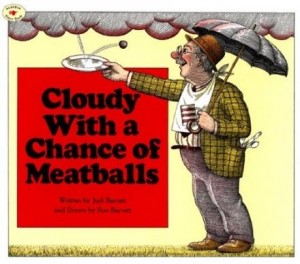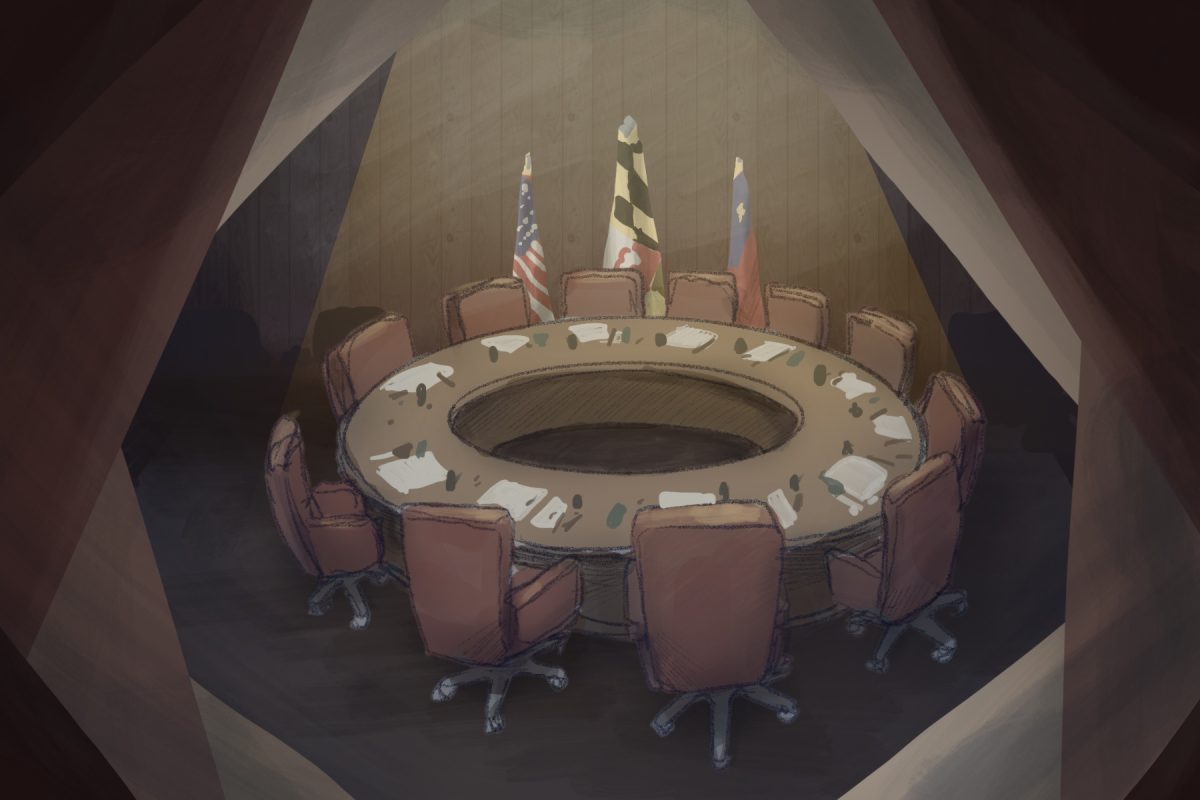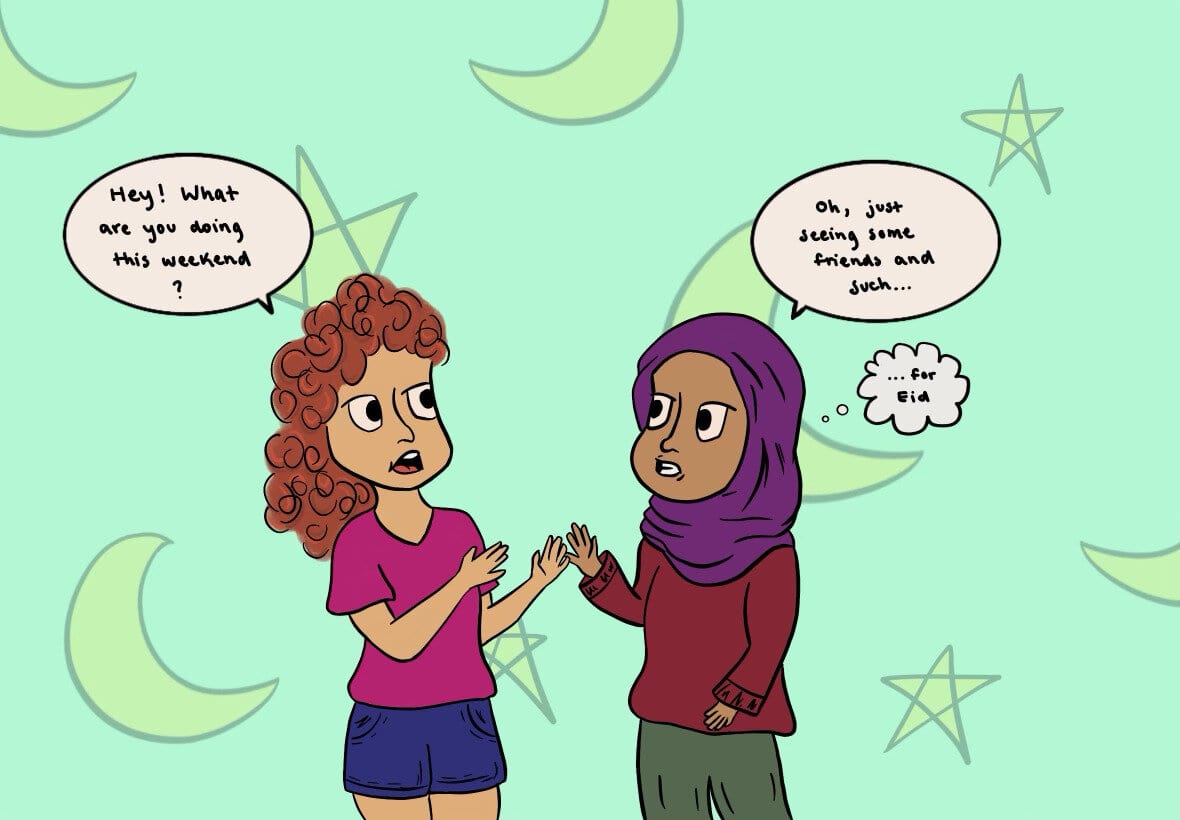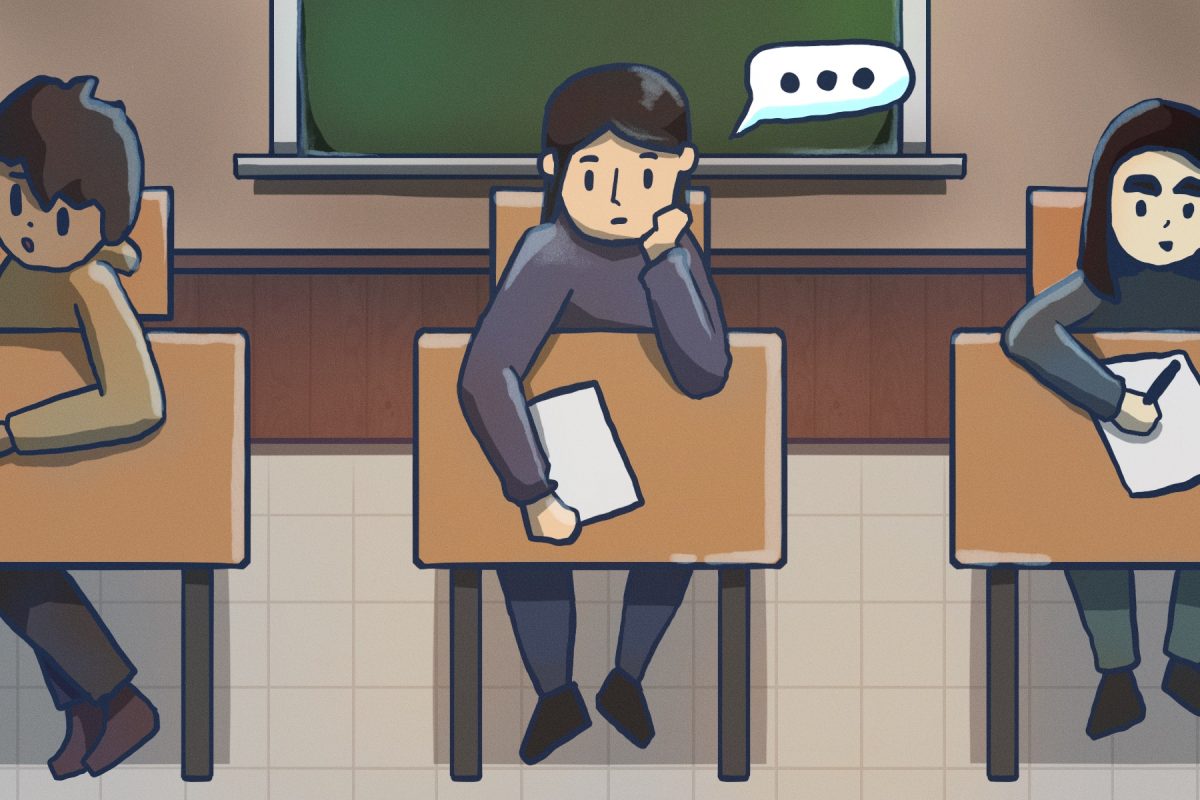
One of the universal laws of film is that if it’s a book, sooner or later it will be a movie. Here we run into the Children’s Book Problem. How can a director drag out a 10-page book for more than 10 minutes? About half the time, the answer is poorly.
“Where the Wild Things Are,” directed by Spike Jonze, and “Cloudy with a Chance of Meatballs,” directed by Phil Lord and Christopher Miller, hit theaters last month, and now two titles that were staples of my childhood library visits are on the movie marquee. The films take markedly different approaches in their attempts to meet the two-hour mark.
 The Jonze Technique focuses on expansion. Jonze keeps Maurice Sendak’s main characters intact. The story still revolves around Max, who is still a little kid, who still ventures to the land of the Wild Things. While Jonze names the Wild Things and embellishes the plot, Sendak’s book could serve as a basic summary for the movie, the true mark of a successful children’s book adaptation.
The Jonze Technique focuses on expansion. Jonze keeps Maurice Sendak’s main characters intact. The story still revolves around Max, who is still a little kid, who still ventures to the land of the Wild Things. While Jonze names the Wild Things and embellishes the plot, Sendak’s book could serve as a basic summary for the movie, the true mark of a successful children’s book adaptation.
The Lord-Miller Method can be more accurately described as “alteration,” or “ruining your childhood.” The “Cloudy with a Chance of Meatballs” I knew and loved as a little kid focused on Henry, his grandfather and the tale of Chewandswallow, the land where it rains food until its residents are forced to emigrate in bread-boats. But the “Cloudy with a Change of Meatballs” on display at Regal Bethesda tells the story of Flint Lockwood, a failed scientist who accidentally causes the food-weather phenomenon. It comes complete with a predictable heroic Hollywood-ending. The film is like trying to pass “Twilight” off as an adaptation of “Dracula.” Both are about the same subject, but that’s where the similarities end.
In honor of the two releases, I would like to predict which children’s classics will be the next to grace the silver screen… and how their directors could potentially ruin them:
“Harold and the Purple Crayon.” Jonze originally planned to make a film version of this Crocker Johnson classic before settling on “Wild Things” instead. I can see it now: An overly angst-y Harold will receive the crayon from his father after his parent’s messy divorce. He’ll draw his elaborate illustrations as a means of escape, before the pictures turn mean and he must return home, all to a soundtrack by Arcade Fire.
“There’s a Nightmare in my Closet.” It’s high time that Mercer Mayor’s masterpiece about the monster lurking in your bedroom receives live action theatrical treatment, with the Jim Henson Company making the puppet of the titular creature. Even the happy ending wouldn’t be able to counteract the horror of the “Nightmare,” but I guess the pants of America’s four-year-olds have been dry too long.
“The Chalk Box Story.” This obscure gem written by famed “Corduroy” author Don Freeman was a favorite of mine, which means that eventually somebody will come along and ruin it. The book tells the story of a box of different colored chalk working together to draw a picture. In the movie, the pieces of chalk will all have names, the boy in the picture will have a tragic or dramatic back story and the entire project will be chalk full of semi-adult humor just like “Shrek.” Only this movie wouldn’t need sequels to make it terrible.
“In the Night Kitchen.” It wouldn’t be too surprising for a director to attempt Sendak’s other claim to fame in order to cash in on the success of “Wild Things.” It also wouldn’t be too surprising if the film became the first movie based on a children’s book to receive a rating of NC-17. Those who have read the book know that Sendak is no fan of self-censorship. Or ostensibly clothes, as the young male protagonist spends much of the book without them. Sendak’s not so subtle illustration explicitly confirms the child’s gender. Sometimes a book just cries out for the Lord-Miller Method.















Eleanor Katz • Nov 11, 2009 at 6:45 pm
Should be fixed.
Eleanor Katz • Nov 11, 2009 at 6:43 pm
woah. I’m not quite sure what’s going on there. Working on fixing it. Sorry about that.
Ryan H. • Nov 11, 2009 at 3:34 pm
Is the last half of my story honestly in white type?